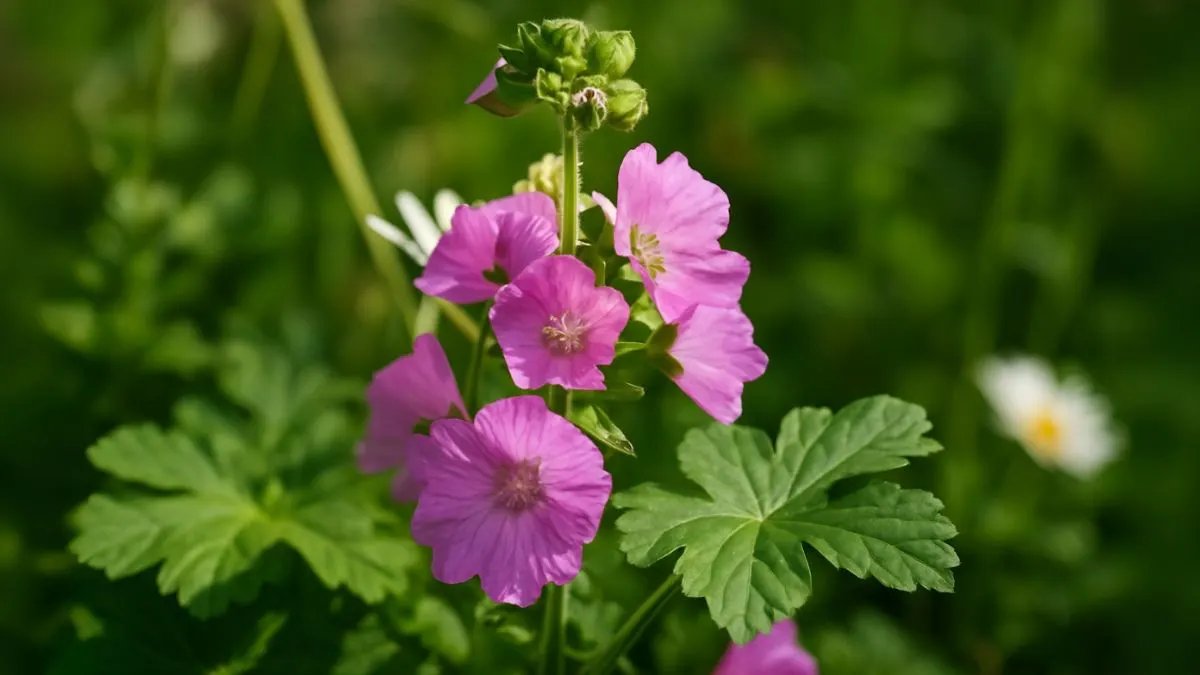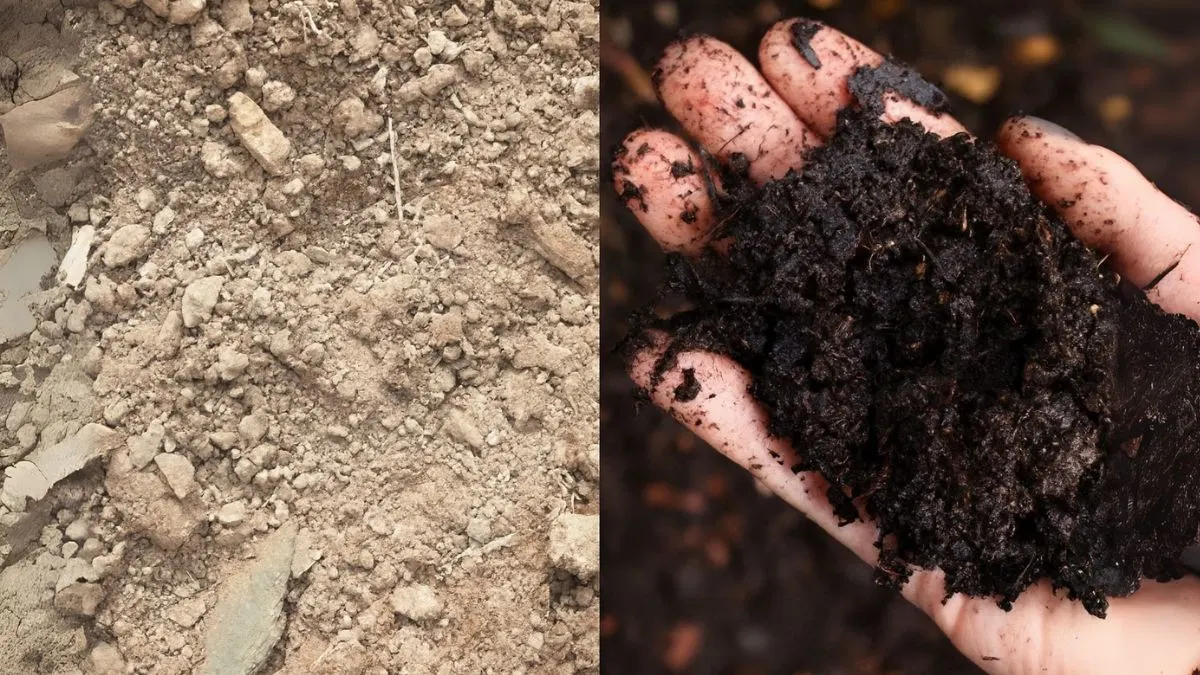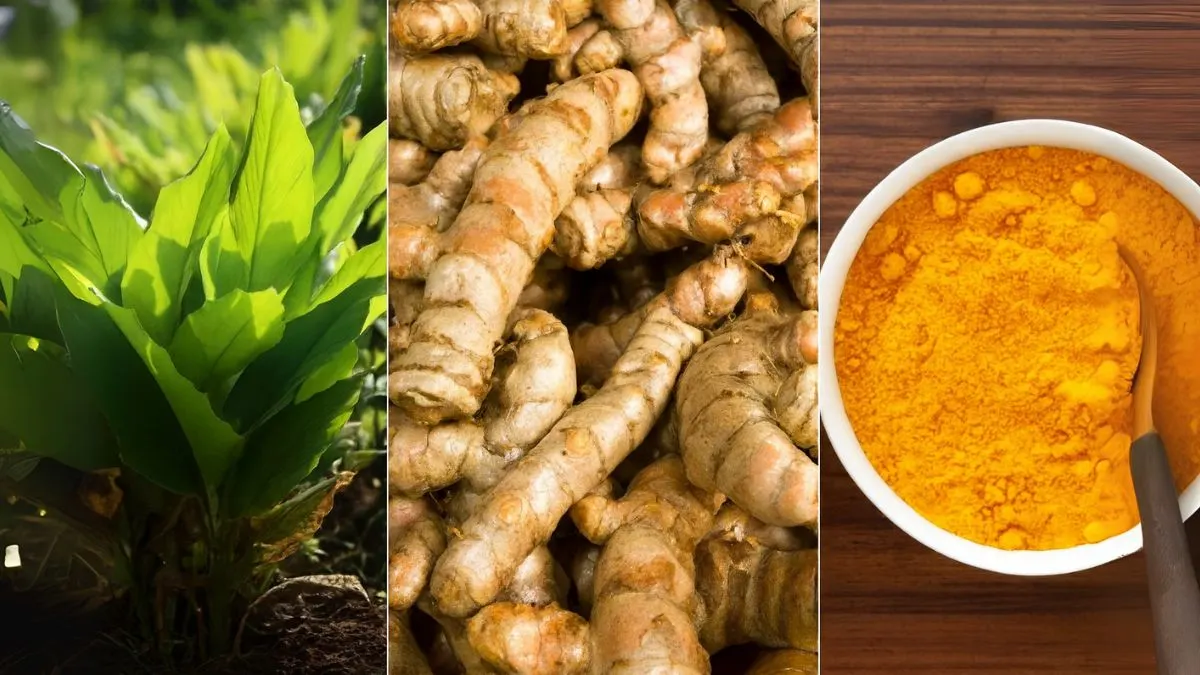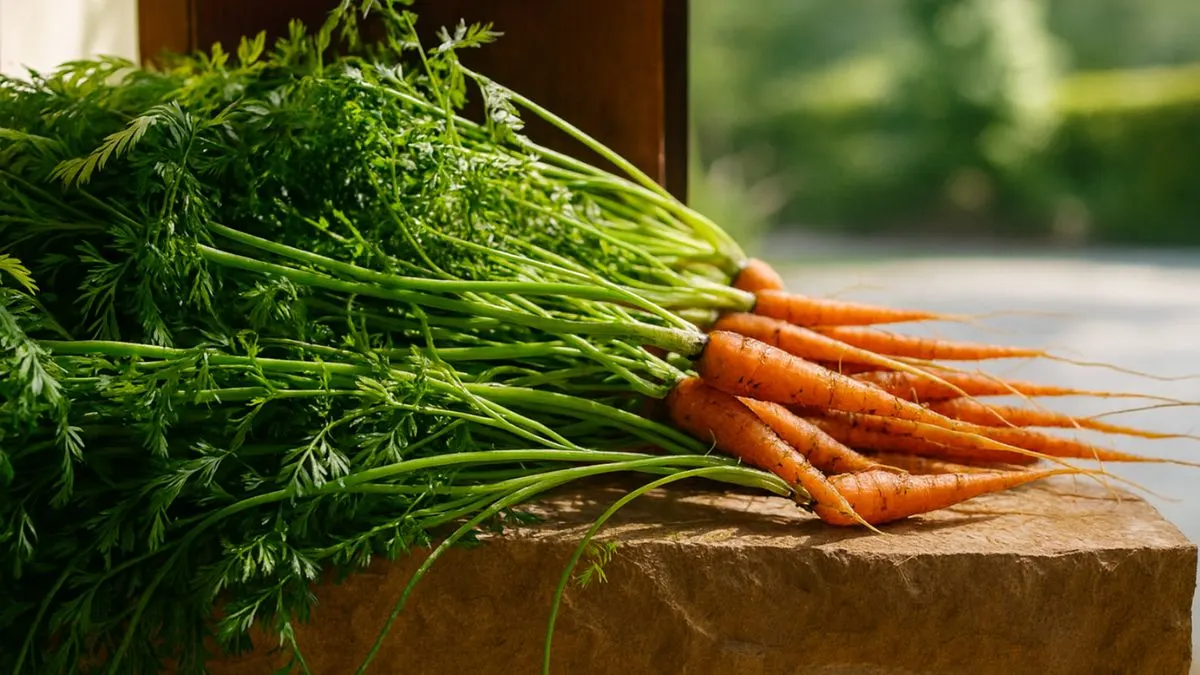Sometimes, the most powerful plants are the ones quietly growing along our paths, often overlooked. One such plant is Malva, Dwarf Mallow (Malva neglecta). Known for its versatility and resilience, it has been used in traditional medicine for centuries across Europe, Asia, and North America.
In Canada and USA, herbalists value it not only for its nutritional value but also for its remarkable health and medical benefits of Common Mallow (Malva neglecta).
What is Dwarf Mallow?
Dwarf Mallow is a perennial plant in the Malvaceae family. It thrives in gardens, roadsides, and even in the cracks of sidewalks — proving that powerful healing plants can grow in the most unexpected places. Its small pink-purple flowers and rounded leaves are easy to recognise, and every part of the plant — leaves, flowers, and seeds — can be used medicinally.
Medical Benefit of Malva neglecta
The medical benefit of Malva neglecta lies in its rich blend of mucilage, antioxidants, vitamins, and minerals. This makes it effective for:
- Soothing inflammation in the throat, stomach, and skin
- Aiding digestion by coating and calming the digestive tract
- Promoting skin healing for wounds, rashes, and burns
These properties have earned Malva, Dwarf Mallow a place in herbal remedy kits worldwide.

Soothing Inflammation Naturally
One of the most valued qualities of Malva neglecta is its ability in soothing inflammation. Its mucilage forms a protective coating over irritated tissues, whether in the respiratory system or the digestive tract.
For example, a warm tea made from its leaves can help ease sore throats and dry coughs, while a poultice can calm inflamed skin after insect bites or sunburn.
Aiding Digestion for Better Gut Health
When it comes to aiding digestion, Malva, Dwarf Mallow shines. The mucilage not only soothes the stomach lining but also encourages regular bowel movements.
In traditional herbal practices, it’s often recommended for people recovering from stomach flu, ulcers, or mild gastrointestinal discomfort. It acts gently, making it suitable even for children and the elderly.
Also Read: Grow Your Luck: Top 6 Money Plants That Could Bring Wealth Into Your Home
Promoting Skin Healing
Herbalists across Canada and USA frequently use mallow leaves in ointments and salves for promoting skin healing. The plant’s anti-inflammatory and antimicrobial compounds help reduce redness, swelling, and infection risk.
I once used a homemade mallow leaf compress on a small burn, and to my surprise, the redness faded overnight, and the healing process sped up noticeably.
Health Benefits of Dwarf Mallow
| Benefit | How It Works | Common Uses |
| Soothing inflammation | Mucilage coats and protects tissues | Sore throats, coughs, stomach irritation |
| Aiding digestion | Calms stomach lining & supports bowel regularity | Ulcers, indigestion, constipation |
| Promoting skin healing | Anti-inflammatory & antimicrobial action | Burns, rashes, wounds |
Remarkable Health and Medical Benefits of Common Mallow (Malva neglecta)
The remarkable health and medical benefits of Common Mallow (Malva neglecta) go beyond these three core uses.
- Immune support – Antioxidants help the body fight free radicals.
- Hydration – High mucilage content helps retain moisture in tissues.
- Versatile preparation – Can be used as tea, tincture, poultice, or fresh in salads.
In rural areas of Europe and the Middle East, the young leaves are even eaten as a nutritious green, rich in vitamins A and C.
Also Read: Rosemary Flowers: The Tiny Blooms With Big Benefits
How to Use Malva, Dwarf Mallow
- Tea – Steep fresh or dried leaves in hot water for 10 minutes for a soothing drink.
- Poultice – Crush fresh leaves and apply to wounds or inflamed skin.
- Salve – Infuse the plant in oil, then blend with beeswax for a healing ointment.
- Fresh Greens – Add young leaves to salads for a nutrient boost.
Sustainable Harvesting
Since Malva, Dwarf Mallow grows abundantly, it’s easy to harvest without harming local ecosystems. Always pick leaves and flowers from clean, pesticide-free areas, and leave enough plants behind to reseed naturally.
Why It’s a Hidden Gem
Despite its incredible benefits, Malva neglecta rarely gets the same attention as trendy superfoods. Yet, its ability in soothing inflammation, aiding digestion, and promoting skin healing makes it one of the most accessible and underrated medicinal plants.
Bringing Back Forgotten Wisdom
Nature has a way of hiding its treasures in plain sight. Dwarf Mallow is one of those treasures — a humble plant with extraordinary healing potential. Whether you’re sipping mallow tea for a sore throat, applying a poultice to a burn, or enjoying the fresh greens in a salad, you’re tapping into centuries of herbal wisdom.
If you want to experience the remarkable health and medical benefits of Common Mallow (Malva neglecta) yourself, start by adding this gentle, powerful herb to your natural wellness routine.
Click here to read more such blogs on the Toronto Garden Book!



